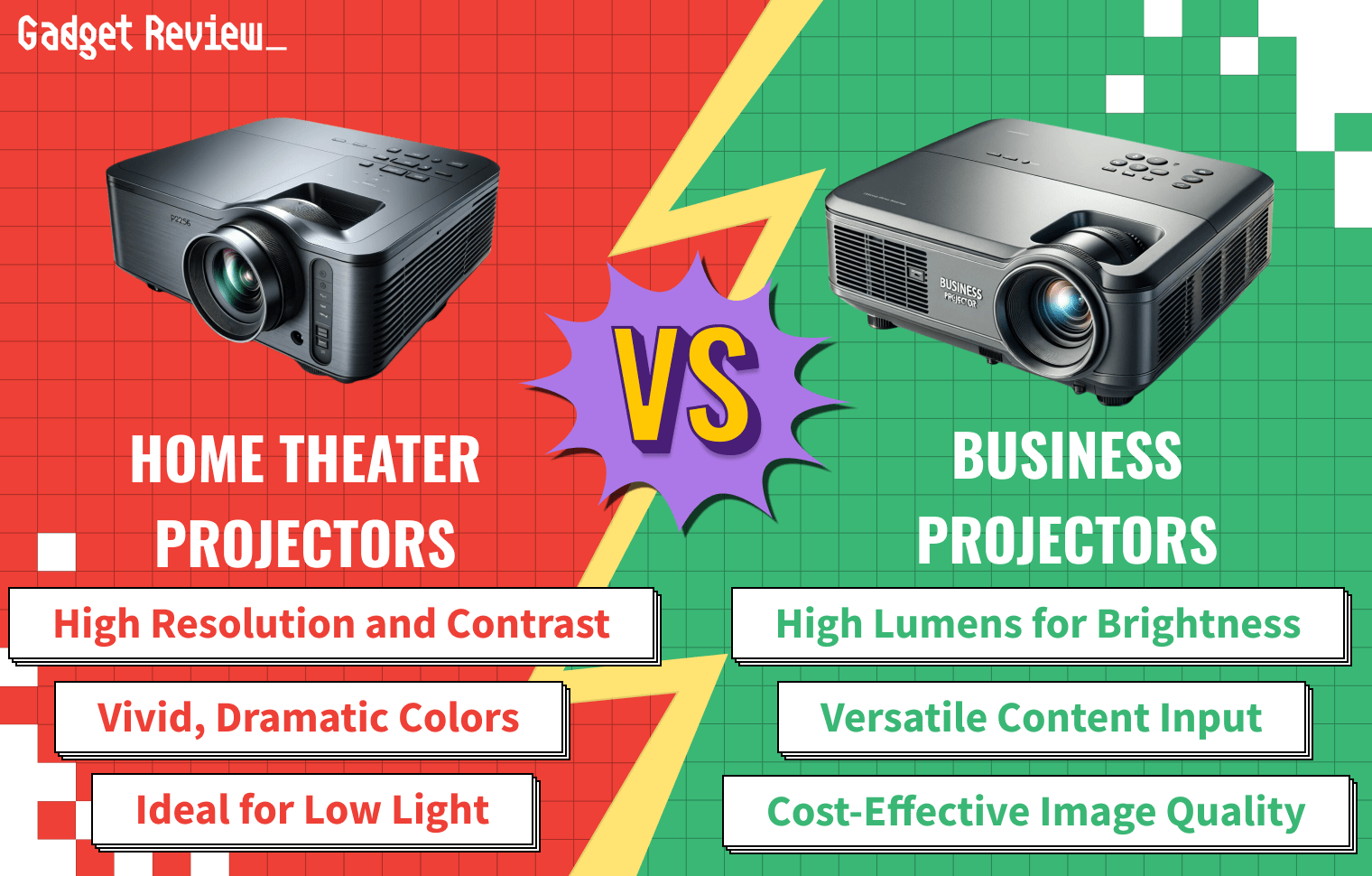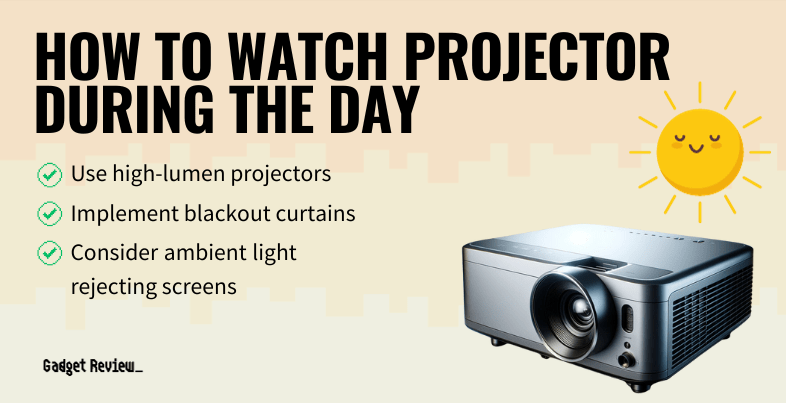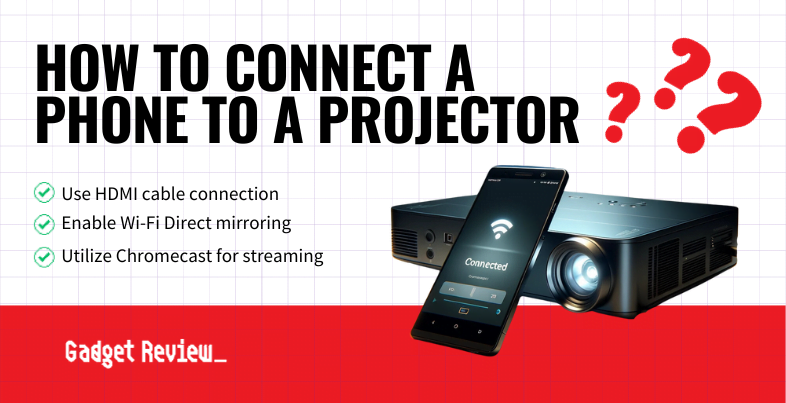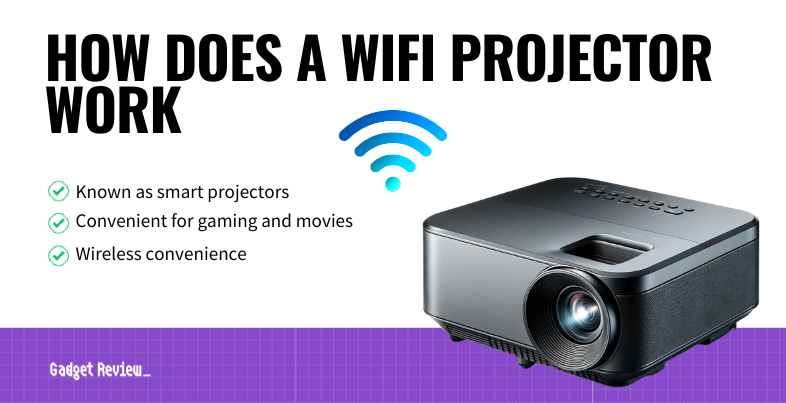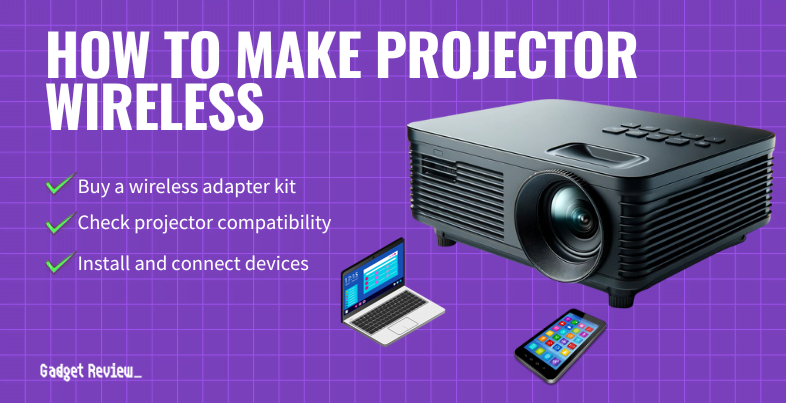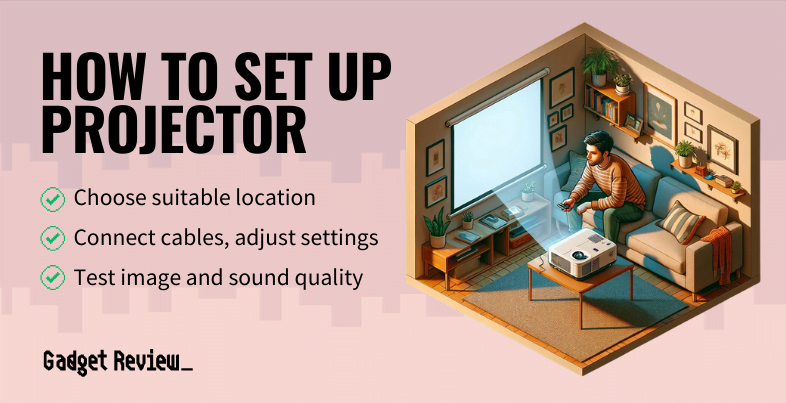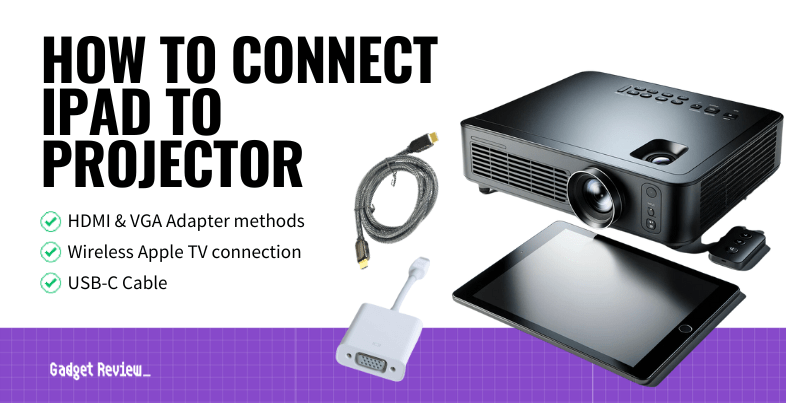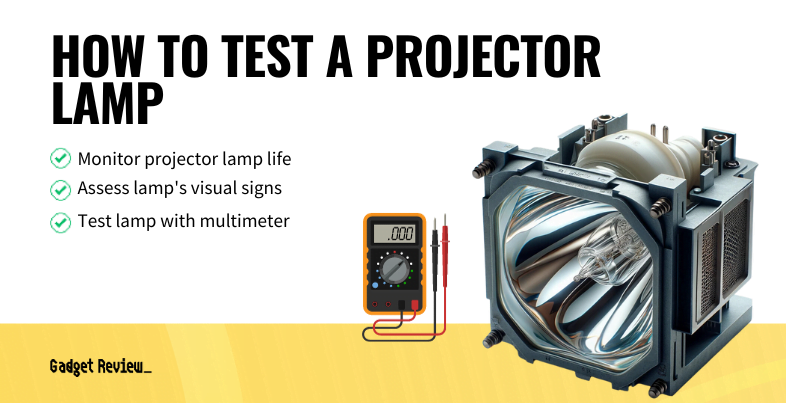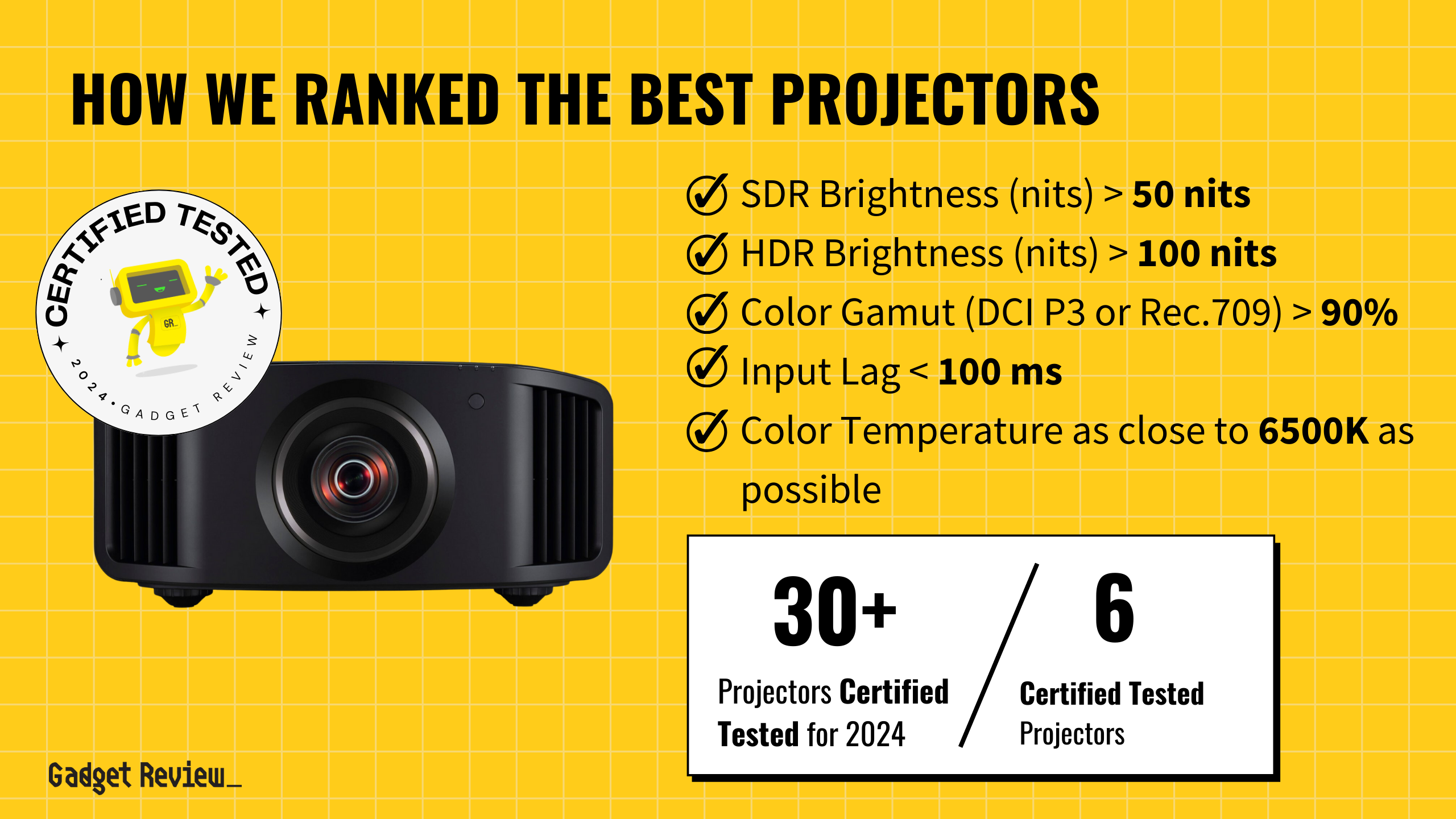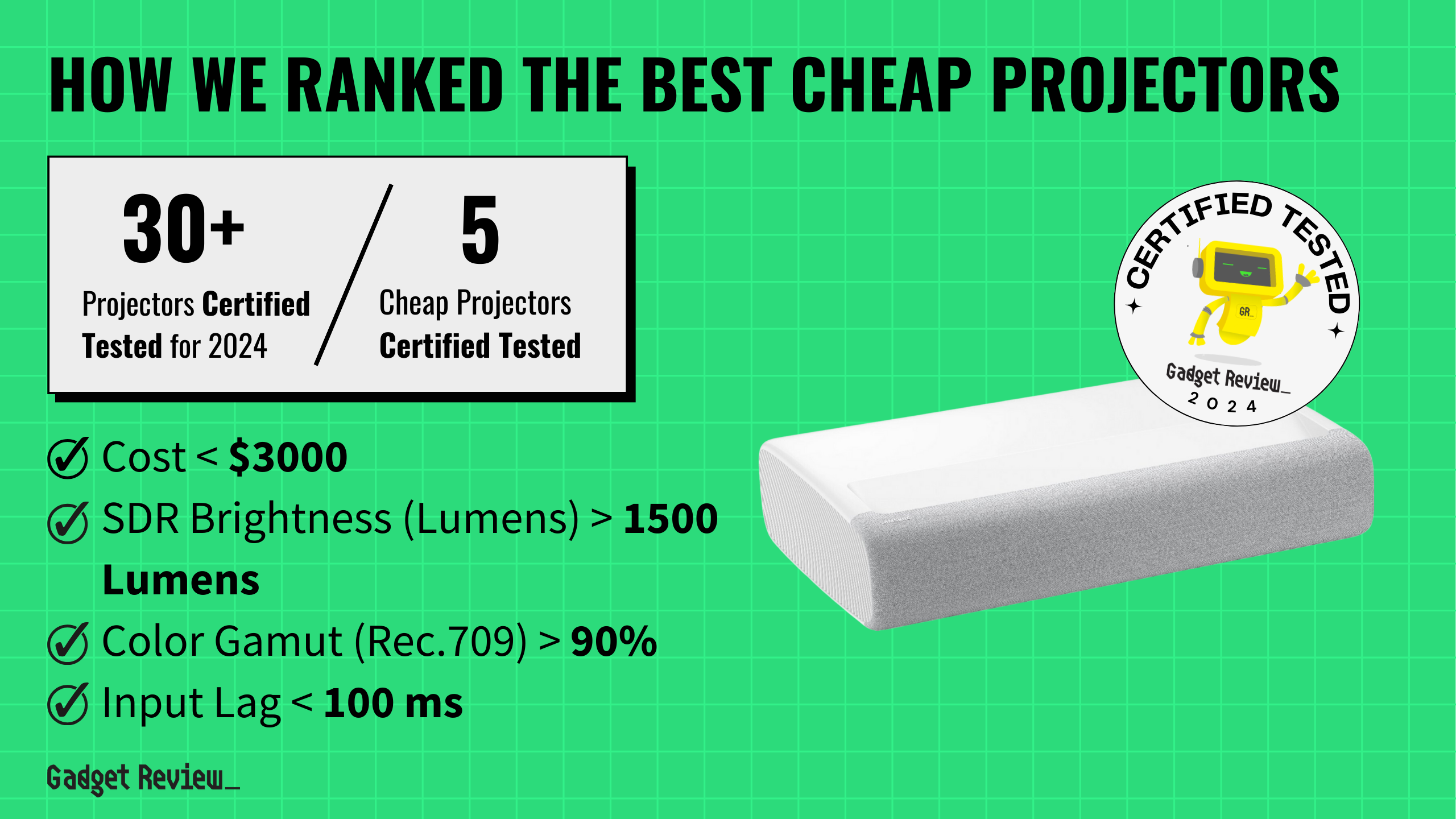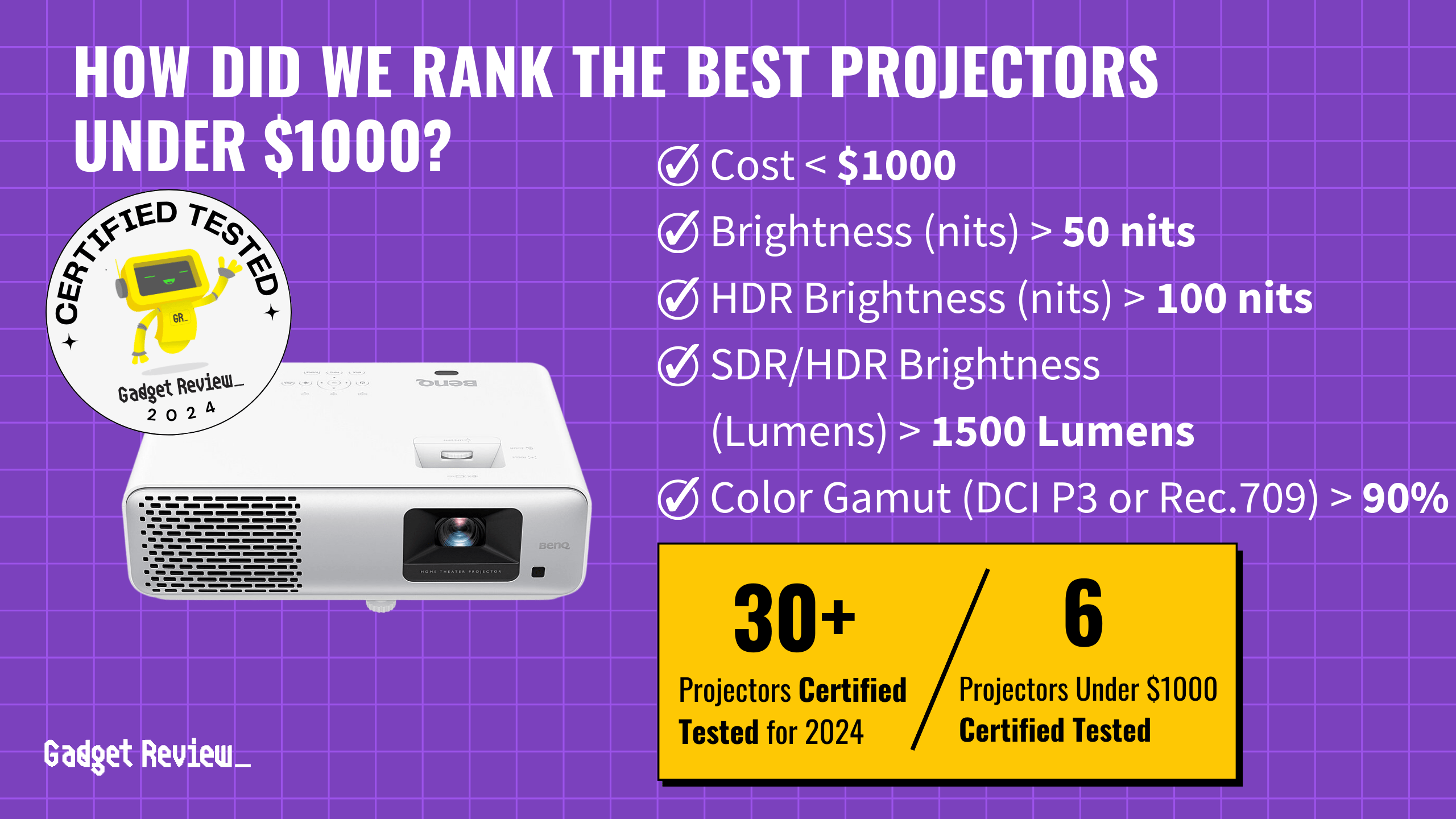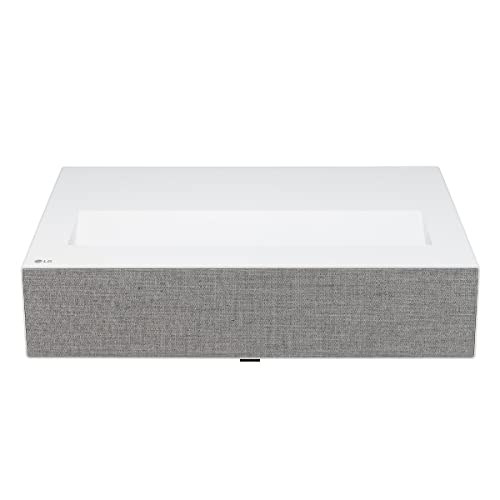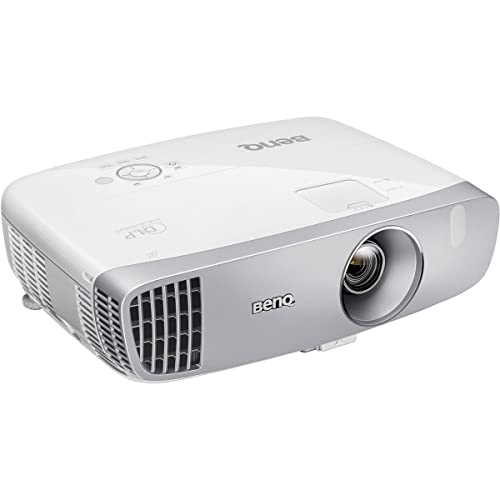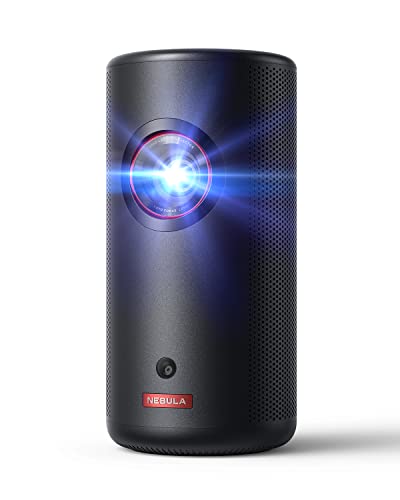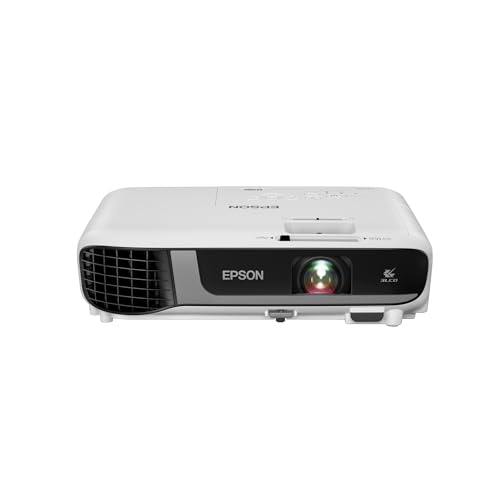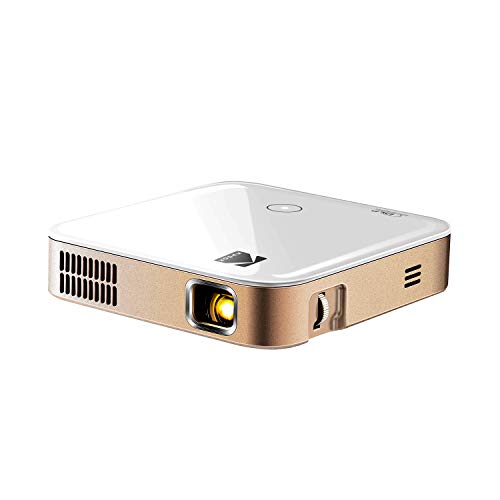When purchasing a new projector for your office or home, you may want to know the difference between a home theater vs a business projector and between a video gaming projector vs a home theater projector. Now, these projectors may seem similar at a glance. However, they have some differences, specifically their dedicated uses and the brightness of the projection. The best projectors for either type of location will include high-resolution image quality, though you may need to learn about short throw vs. long throw projectors: what’s the difference?
Key Takeaways_
- A home theater projector is better for low ambient light and a business one is better for high ambient light.
- Business projectors contain high lumens output and high resolution while providing more versatile input concerning content.
- Home theater projectors offer a high resolution and contrast ratio for show and movie viewing within the comfort of the consumer’s home.
Business & Home Theater Projectors Compared
Although the two seem similar, the desired resolution for a home theater projector and a business one differs slightly. A home theater device features a high native resolution and image shape similar to a TV, while a business device includes an aspect ratio similar to a computer. Additionally, the differences between the brightness in lumens and the contrast ratio define the two types of projectors.
Business Projectors for the Office or at Home
As the name implies, a business projector is designed for use in an office, school, or church. The best projector for use in these locations depends on the size of the room and the number of people viewing a presentation, among other things.
insider tip
The ideal home theater model has a high contrast ratio, resolution, and vibrancy with little interference from light.
However, business projectors offer cost, image size, viewing angle, and space advantages over a light-emitting diode (LED) display.
A Home Theater Projector for the Film Enthusiast
As more people invest in technology to set up their home theater, more consumers turn to projection instead of TV to give them that cinema experience. Home theater projection systems feature vivid and dramatic colors, high resolution in full HD, high contrast ratios, and high connectivity in an HD projector. In addition, users of home theater projectors can expect most of their options to use digital light processing (DLP) technology.
High Resolution for Home Theater and Business Projection
Resolution refers to the number of pixels contained in a screen, usually written as width by height. For home theaters, many consumers look for 1920×1080 pixels for their 16:9 aspect ratio widescreen displays. This resolution is defined as high definition, just as it is for TVs. If you want something with better picture quality, you may find a higher price tag and higher power usage. Business projectors may contain the same resolution, but sometimes they are 1920x1200p that feature a 16:10 aspect ratio. The 16:10 aspect ratio screen matches a computer more than a TV, making it ideal for presentations, images, or videos running on a computer.
A High Brightness Business Projector
A business projector needs a higher lumen output because the ambient light cannot be controlled as much as in a home theater. The American National Standards Institute standardized the term lumen output to measure the light produced during a specified time. Although nits measure the brightness on the screen, product descriptions typically list lumen values.
STAT: ANSI Lumens is a unit, defined by the American National Standards Institute (ANSI), that measures the overall amount of light output by a projector, in other words, the higher the lumen value for a projector the brighter the light it produces. (source)
As a result, the images produced by a high-lumens projector are less impacted by ambient light. Conversely, home theater users usually require fewer lumens because they can control the amount of ambient light within their environment.
A High Contrast Ratio Home Theater Projector
The contrast ratio refers to the difference between how blacks appear on your screen versus how whites appear. Many home theater projectors include high contrast ratios because the appearance and vibrant colors on the projector influence how the viewer sees different scenes.
warning
A business model may not offer the same contrast, but it does provide an excellent price for high image quality viewing a variety of content.
Business projectors may not offer the same contrast ratios, but professionals might not notice even if they did. In addition, contrast ratios are not as obvious when the projector is in a brighter space, which tends to wash out the displayed image and affect picture quality.


